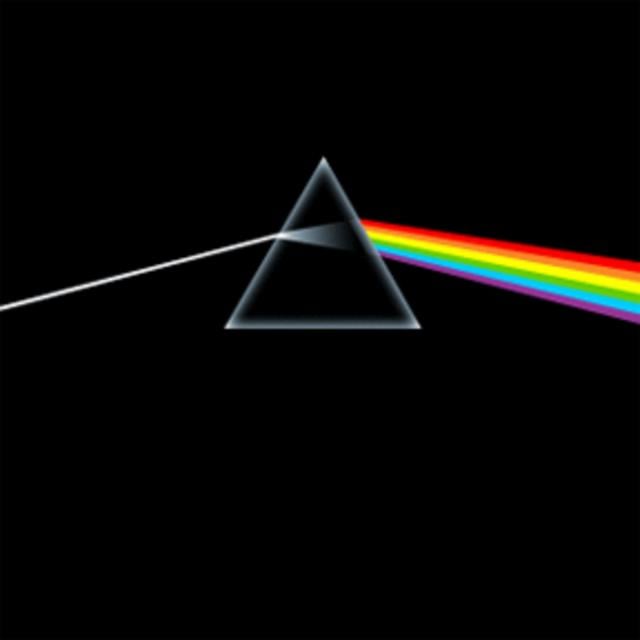MOOC List is learner-supported. When you buy through links on our site, we may earn an affiliate commission.

MOOC List is learner-supported. When you buy through links on our site, we may earn an affiliate commission.
Syllabus
WEEK 1
Ultraviolet and Visible Spectroscopy
In this first week we introduce the electromagnetic spectrum and the origin of transitions giving rise to ultraviolet and visible (UV/Vis) spectra. You will learn that electronic transitions are caused by absorption of radiation in the UV/Vis region of the electromagnetic spectrum. The reason for the wavelength and intensity of bands will be described and the colour origin of certain compounds will be discussed. You will also be shown how UV/Vis spectroscopy is performed and you will be able to run and analyse your own spectra. As the final activity in this module you are given a link to view how to obtain a UV/Visible spectrum in the laboratory. Good luck, try and participate in the discussion forums to enhance your learning and don't forget to complete the end of week laboratory quiz which contributes to your final mark.
WEEK 2
Infrared Spectroscopy
In this module we introduce the theory underpinning infrared (IR) spectroscopy and show examples of analysis using the technique. Transitions between the vibrational energy levels of molecules occurs in the infrared region of the electromagnetic spectrum. We start with the theory underlying vibration using the simple harmonic oscillator model. Analysis of more complex molecules is introduced using group frequencies and number of vibrational modes. You will also be shown how to obtain an infrared spectrum and will have an opportunity to run your own spectrum. At the end of this module you are given a link to view how to obtain an infra red spectrum in the laboratory. Don't forget to complete the end of week laboratory quiz which contributes to your final mark for this course.
WEEK 3
Nuclear Magnetic Resonance (NMR) Spectroscopy
This week we concentrate on Nuclear Magnetic Resonance (NMR) spectroscopy. Here a magnetic field is used to create energy levels for magnetic nuclei present in a molecule. Transition between these energy levels occurs in the radiofrequency region of the electromagnetic spectrum. The positions of the bands in the observed spectrum is dependent on the shielding of the nuclei by the local electronic structure, giving rise to a parameter known as chemical shift. Bands also display fine structure caused by spin-spin coupling with neighbouring nuclei. Examples on the analysis of NMR spectra for structure determination will be given. As the final activity in this module you are given a link to view how to obtain an NMR spectrum in the laboratory. Don't forget to compete this end of week laboratory quiz which contributes to your final mark.
WEEK 4
Final Assessment
MOOC List is learner-supported. When you buy through links on our site, we may earn an affiliate commission.
MOOC List is learner-supported. When you buy through links on our site, we may earn an affiliate commission.
